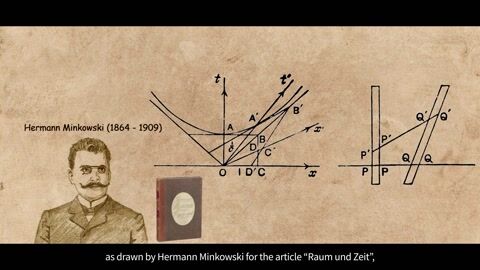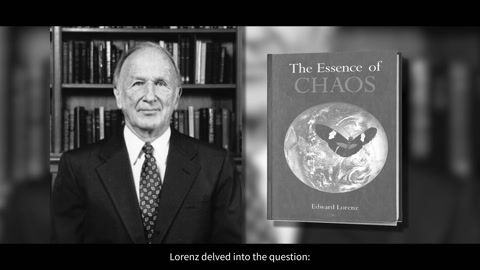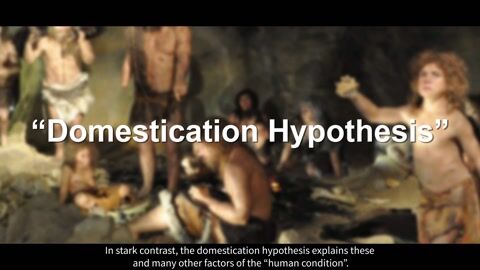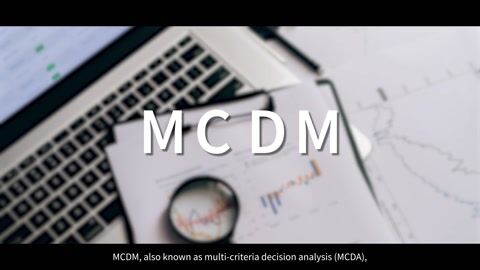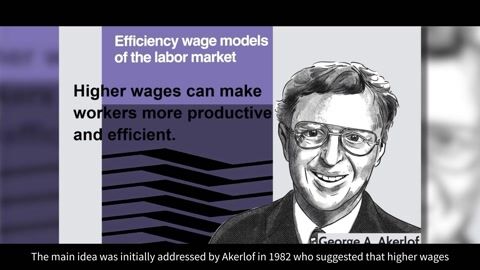- Subjects: Meteorology & Atmospheric Sciences
- |
- Contributors:
- Bo-Wen Shen ,
- Roger A. Pielke ,
- Xubin Zeng ,
- Xiping Zeng
- Lorenz models
- predictability limit
- doubling time
- intrinsic predictability
- Global Atmospheric Research Program
This video is adapted from 10.3390/encyclopedia3030063
To determine whether (or not) the intrinsic predictability limit of the atmosphere is two weeks and whether (or not) Lorenz’s approaches support this limit, this video discusses the following topics: (A). The Lorenz 1963 model qualitatively revealed the essence of finite predictability within a chaotic system such as the atmosphere. However, the Lorenz 1963 model did not determine a precise limit for atmospheric predictability. (B). In the 1960s, using real-world models, the two-week predictability limit was originally estimated based on a doubling time of five days [1][2][3][4][5][6][7][8][9][10][11][12][13][14][15][16].
- Charney, J. G., R. G. Fleagle, V. E. Lally, H. Riehl, and D. Q. Wark, 1966: The feasibility of a global observation and analysis experiment. Bull. Amer. Meteor. Soc., 47, 200–220.
- GARP, 1969: GARP topics. Bull. Amer. Meteor. Soc., 50, 136–141.
- Lorenz, E.N., 1963: Deterministic nonperiodic flow. J. Atmos. Sci., 20, 130–141.
- Lorenz, E. N., 1969a: Studies of atmospheric predictability. [Part 1] [Part 2] [Part 3] [Part 4] Final Report, February, Statistical Forecasting Project. Air Force Research Laboratories, Office of Aerospace Research, USAF,Bedford, MA, 145 pp.
- Lorenz, E. N., 1969b: Three approaches to atmospheric predictability. Bull. Amer. Meteor. Soc., 50, 345-351.
- Lorenz, E. N., 1969c: Atmospheric predictability as revealed by naturally occurring analogues. J. Atmos. Sci., 26, 636-646.
- Lorenz, E. N., 1969d: The predictability of a flow which possesses many scales of motion. Tellus, 21, 19 pp.
- Lorenz, E. N., 1969e: How much better can weather prediction become? MIT Technology Review, July/August, 39-49.
- Lorenz, E. N., 1969f: The nature of the global circulation of the atmosphere: a present view. The Global Circulation of the Atmosphere, London, Roy. Meteor. Soc., 3-23.
- Lorenz, E., 1972: Limits of meteorological predictability. Prepared for the American Meteorological Society, February. (unpublished, available from https://eapsweb.mit.edu/sites/default/files/Limits_of_Meteorological_Predictability_Feb1972.pdf)
- Shen, B.-W., R. A. Pielke Sr., X. Zeng, and X. Zeng, 2023b: Lorenz’s View on the Predictability Limit. Encyclopedia 2023, 3(3), 887-899; https://doi.org/10.3390/encyclopedia3030063
- Bo-Wen Shen; A Review of Lorenz’s Models from 1960 to 2008. Int. J. Bifurc. Chaos 2023, 33, ., .
- Shen, B.-W., R. A. Pielke Sr. and X. Zeng, 2023a: The 50th Anniversary of the Metaphorical Butterfly Effect since Lorenz (1972): Special Issue on Multistability, Multiscale Predictability, and Sensitivity in Numerical Models. [Editorial] Atmosphere 2023, 14(8), 1279; https://doi.org/10.3390/atmos14081279 (22 journal pages)
- Shen, B.-W.; Pielke, R.A., Sr.; Zeng, X., 2022a: One Saddle Point and Two Types of Sensitivities Within the Lorenz 1963 and 1969 Models. Atmosphere, 13(5), 753.
- Shen, B.-W., R. A. Pielke Sr., X. Zeng, J. Cui, S. Faghih-Naini, W. Paxson, A. Kesarkar, X. Zeng, R. Atlas, 2022b: The Dual Nature of Chaos and Order in the Atmosphere. Atmosphere 13, no. 11: 1892. https://doi.org/10.3390/atmos13111892.
- Shen, B.-W.; Pielke, R.A., Sr.; Zeng, X.; Baik, J.-J.; Faghih-Naini, S.; Cui, J.; Atlas, R. 2021: Is Weather Chaotic? Coexistence of Chaos and Order within a Generalized Lorenz Model. Bull. Am. Meteorol. Soc., 2, E148–E158. https://doi.org/10.1175/BAMS-D-19-0165.1








